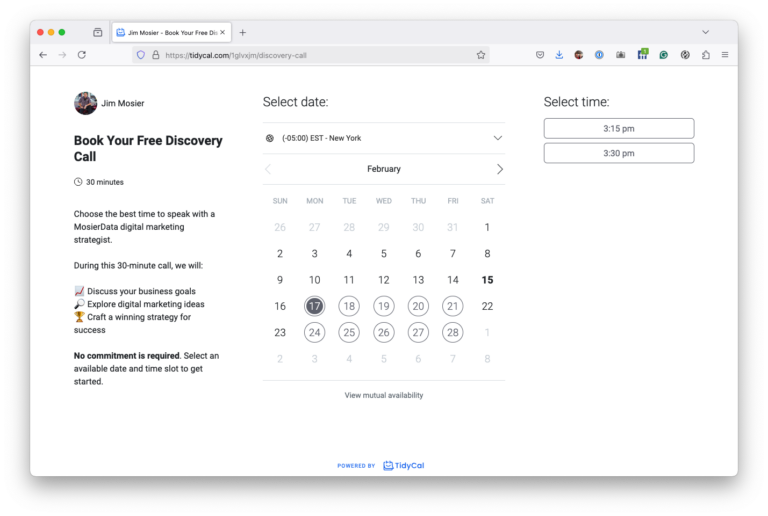Google AdWords allows advertisers and businesses to monitor the performance of ad campaigns and make adjustments as needed. If quality scores are low, then there are specific methods for improving ads and aligning them with marketing objectives. There are multiple reasons why an AdWords quality score may be lacking.
Google uses standardized criteria to provide a quality rating that gauges the efficiency and effectiveness of ads. Criteria range from the number of clicks received on display URLs to keywords’ clickthrough rates. It is imperative to thoroughly review these criteria to identify deficiencies and develop corrective actions.
According to Google, five common reasons quality scores are low include:
Methods for Improvement
It is important to note that keywords play a large role in quality scores. Ads with the right keywords that are optimized to display well on mobile devices perform better over the long run. Google offers analytics tools to measure search engine queries, which allows for the selection of the optimal keywords.
Google suggests the following methods for improving quality scores:
An AdWords quality score helps advertisers gauge the effectiveness of their ads based on a standard set of criteria. With careful planning, one can correct deficiencies and improve quality ratings.

